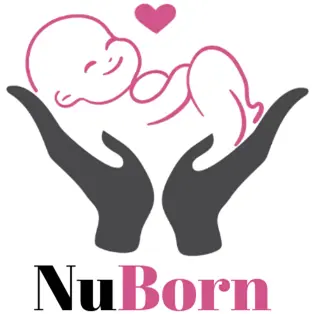Childbirth is an experience that every woman cherishes. However, it’s not always smooth sailing. A cesarean section (c-section) may be necessary in certain cases to ensure the safety of the mother and the baby. But what happens when the mother wants to try for a vaginal birth after having a c-section? Is it possible, or is a c-section the only option?
At the New Born Care Centre (NBCC), we understand the importance of a woman’s desire to have a normal delivery after a c-section. Our team of obstetricians and gynecologists work closely with our patients to provide them with the best possible care and support throughout their pregnancy journey.
The medical term for a vaginal birth after a c-section is VBAC (vaginal birth after cesarean). VBAC has been a topic of debate in the medical community for many years. In the past, doctors have been reluctant to perform VBACs due to concerns about the risks involved. However, with advancements in medical technology and a better understanding of the risks and benefits, VBACs have become a more common occurrence.
Here are some things you need to know about VBACs:
- Am I a candidate for a VBAC?
Not every woman who has had a c-section is a candidate for a VBAC. Some factors that may disqualify you from having a VBAC include:
- More than one previous c-section
- A vertical incision made during the previous c-section
- A large baby
- A breech baby
- Pre-eclampsia
- Placenta previa
Your doctor will assess your medical history and current pregnancy to determine whether you are a good candidate for a VBAC.
- What are the benefits of a VBAC?
One of the main benefits of a VBAC is that it is a less invasive procedure than a c-section. This means that the recovery time is usually shorter, and there is less scarring. Additionally, a VBAC may reduce the risk of complications that can arise during a c-section, such as infection or blood loss.
- What are the risks of a VBAC?
The main risk of a VBAC is the potential for uterine rupture. This is when the scar from the previous c-section tears during labor. Although the risk of uterine rupture is low (less than 1%), it is a serious complication that can lead to the need for an emergency c-section.
- What can I do to increase my chances of a successful VBAC?
There are several things you can do to increase your chances of a successful VBAC. These include:
- Choosing a healthcare provider who is supportive of VBACs
- Maintaining a healthy pregnancy through regular prenatal care, a healthy diet, and exercise
- Preparing yourself mentally and emotionally for labor
- Being open to pain management options during labor
- Choosing a birthing environment that supports VBACs, such as a hospital with experience in VBAC deliveries
At NBCC, we understand that every woman’s pregnancy journey is unique. That’s why we work with each of our patients to develop an individualized birth plan that meets their specific needs and desires. We are equipped with state-of-the-art facilities to support VBACs, including a dedicated labor and delivery unit and a team of experienced healthcare professionals.
In conclusion, it is possible to have a normal delivery after a c-section. However, it is important to work closely with your healthcare provider to determine whether a VBAC is a safe option for you. At NBCC, we are committed to providing our patients with the highest level of care and support throughout their pregnancy journey.

